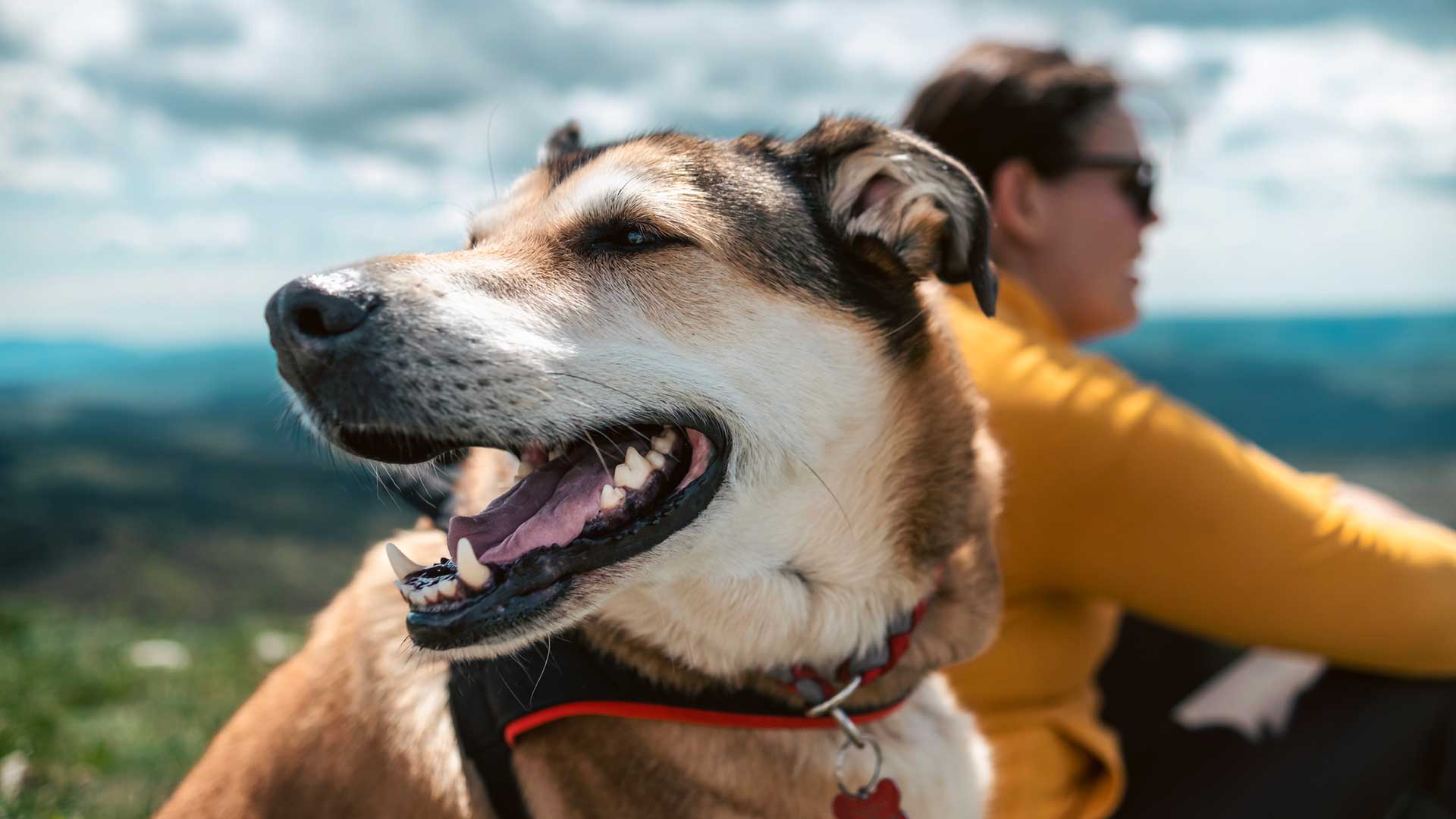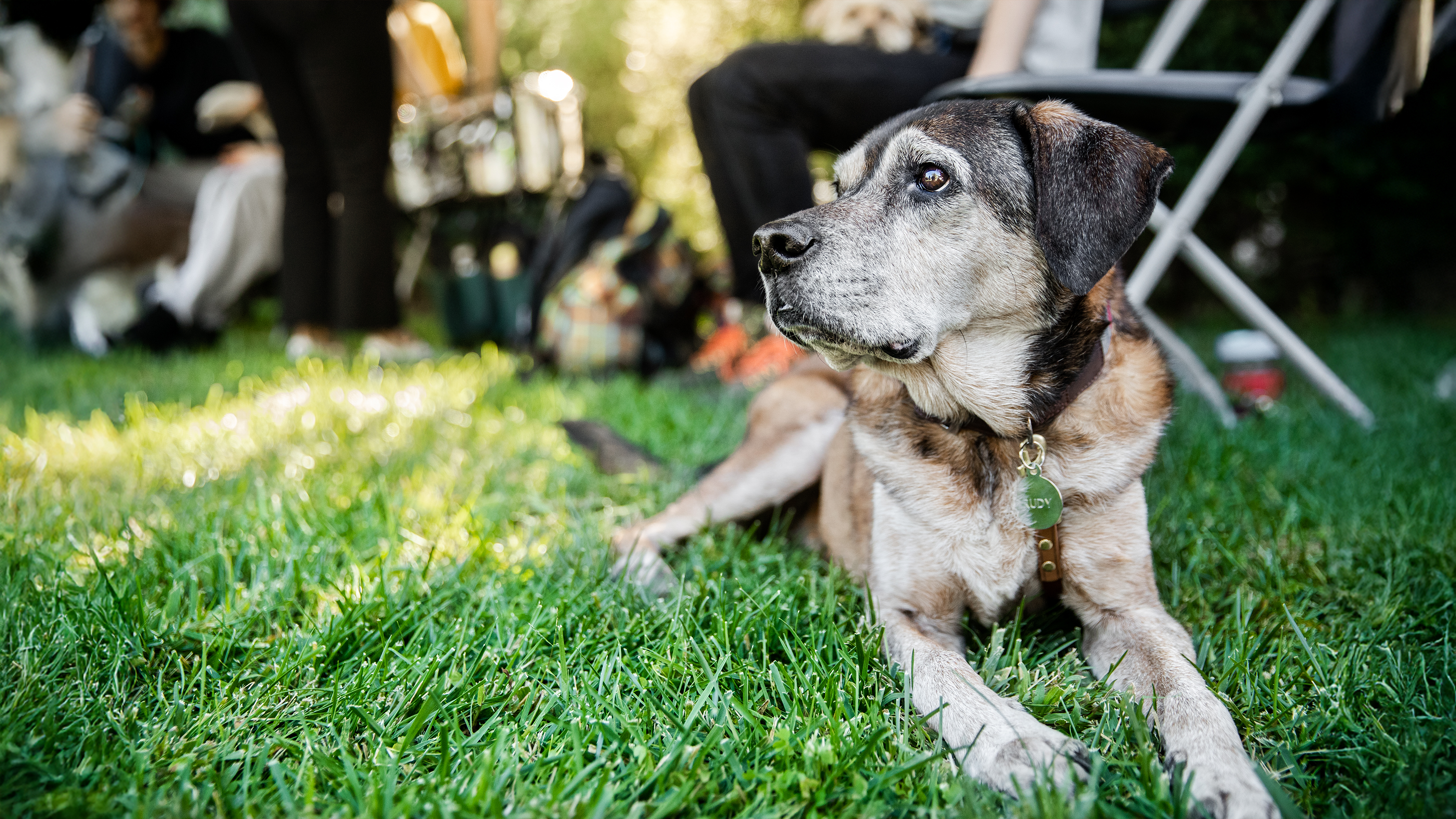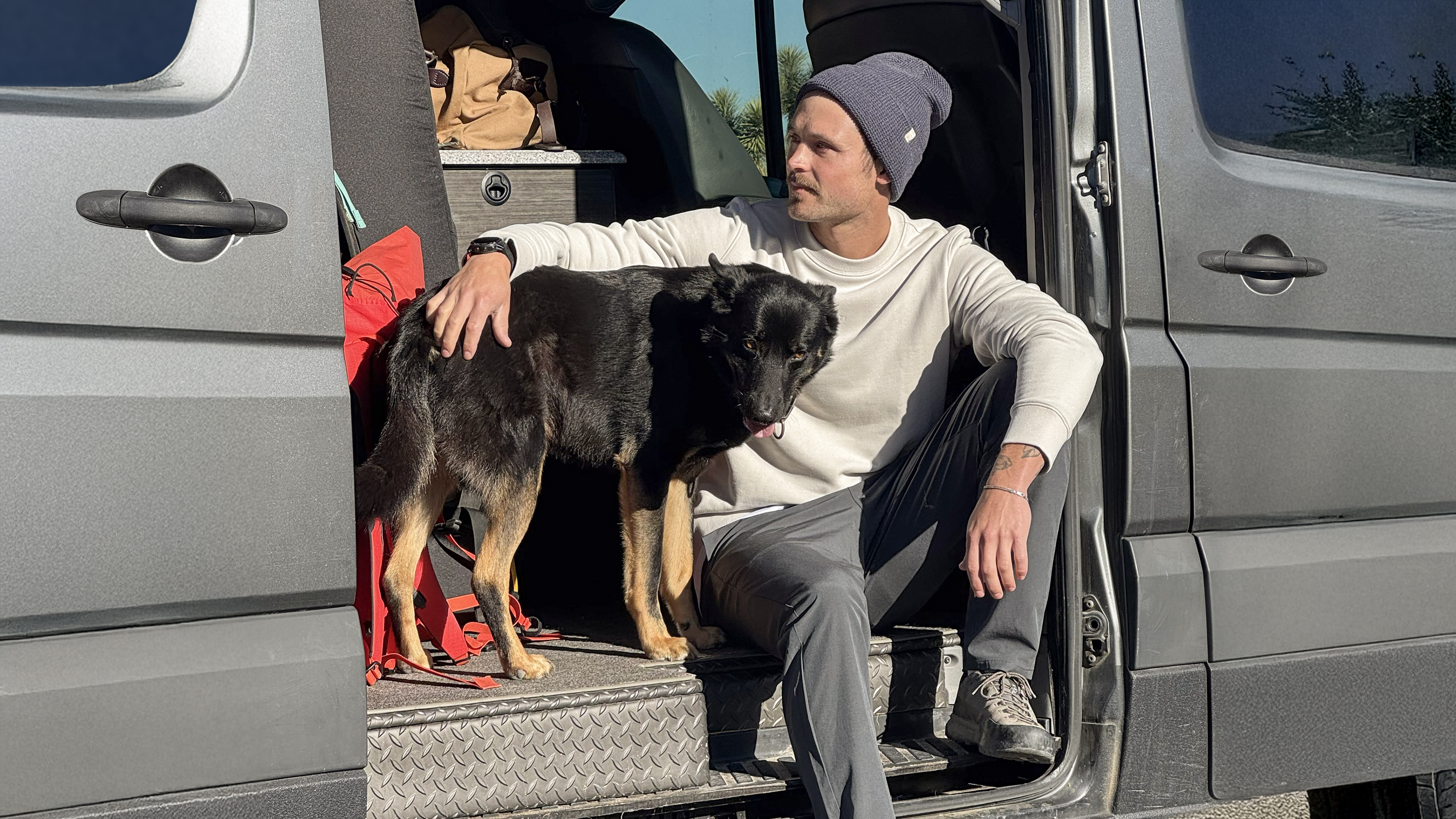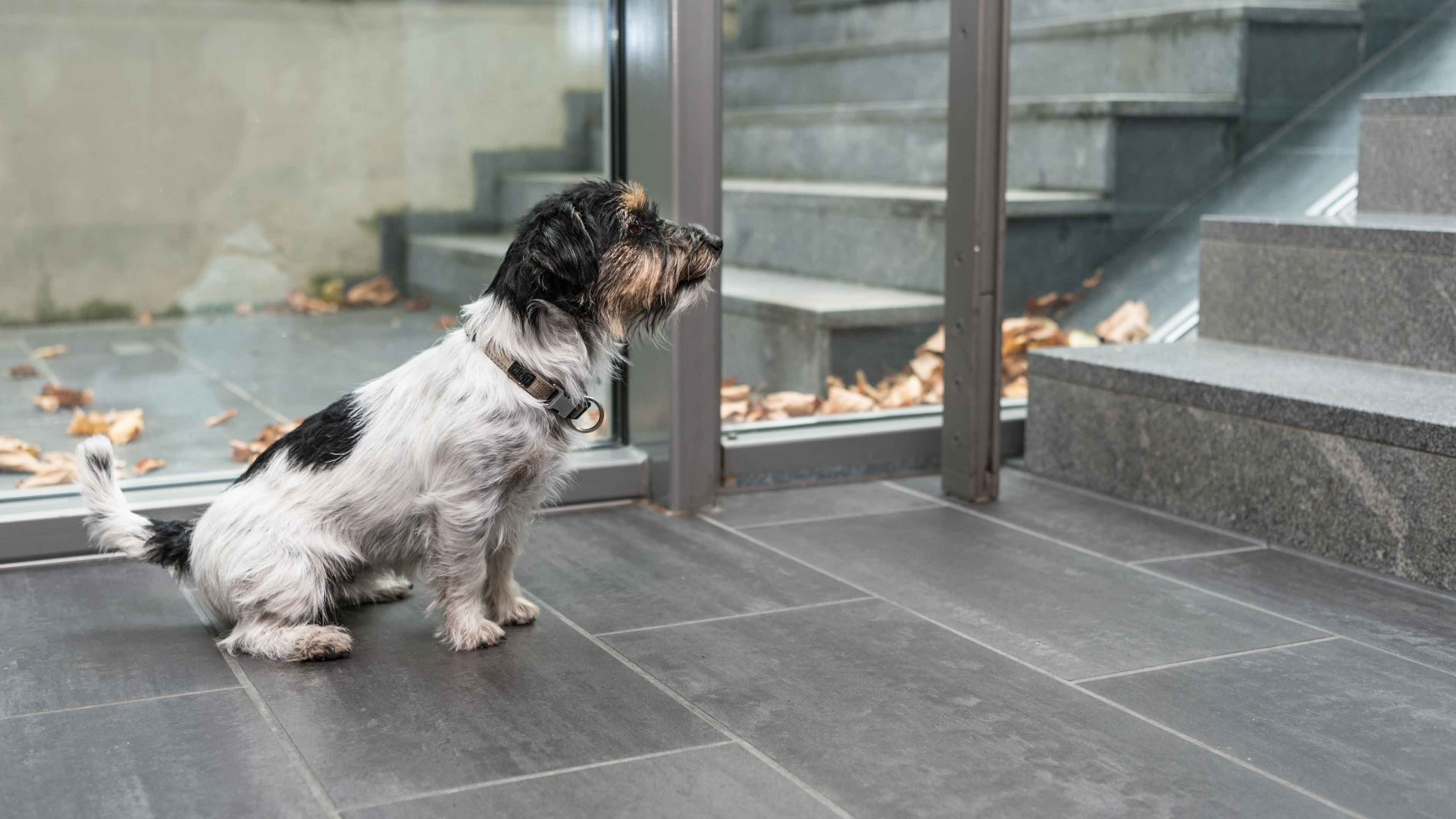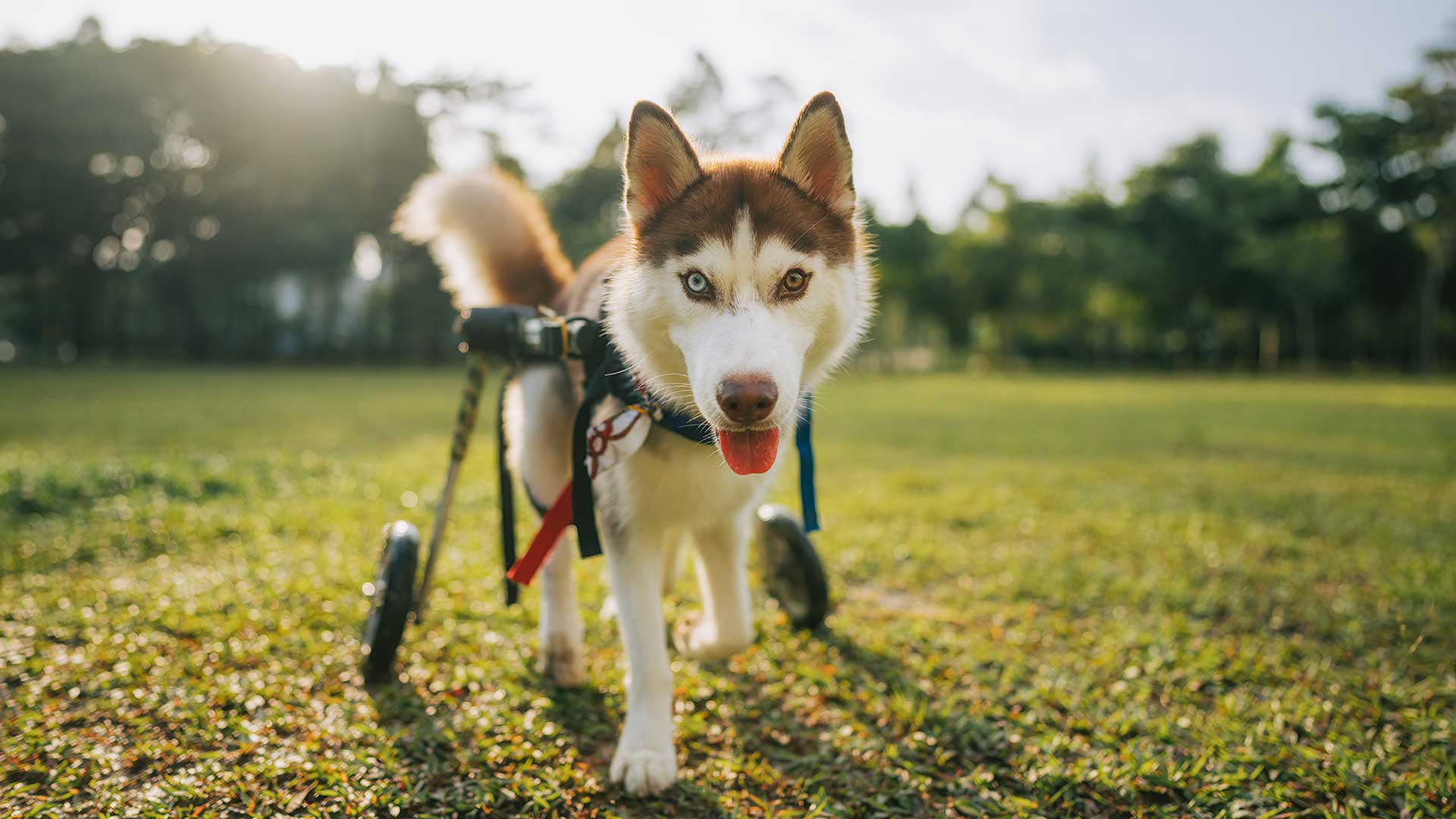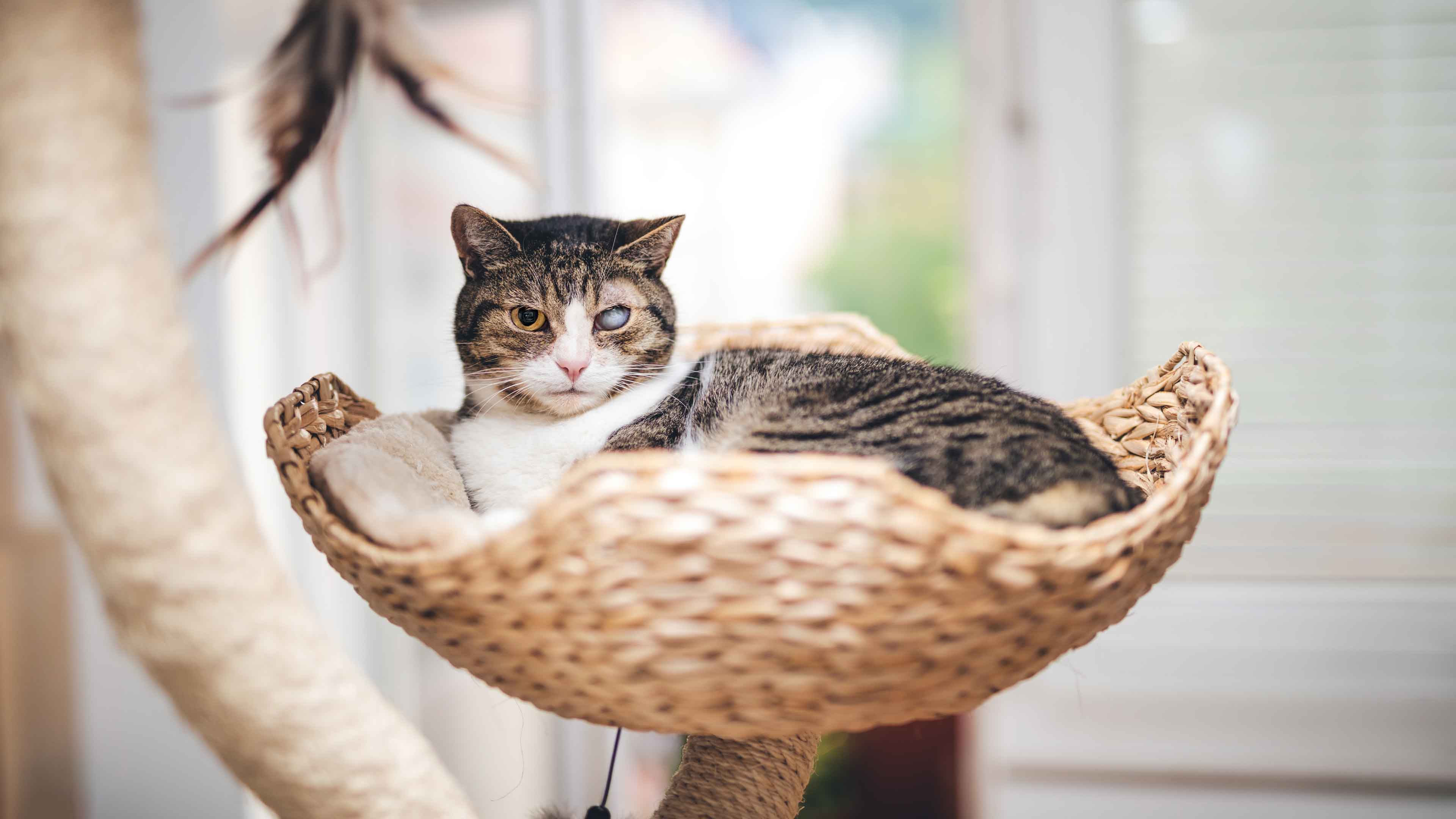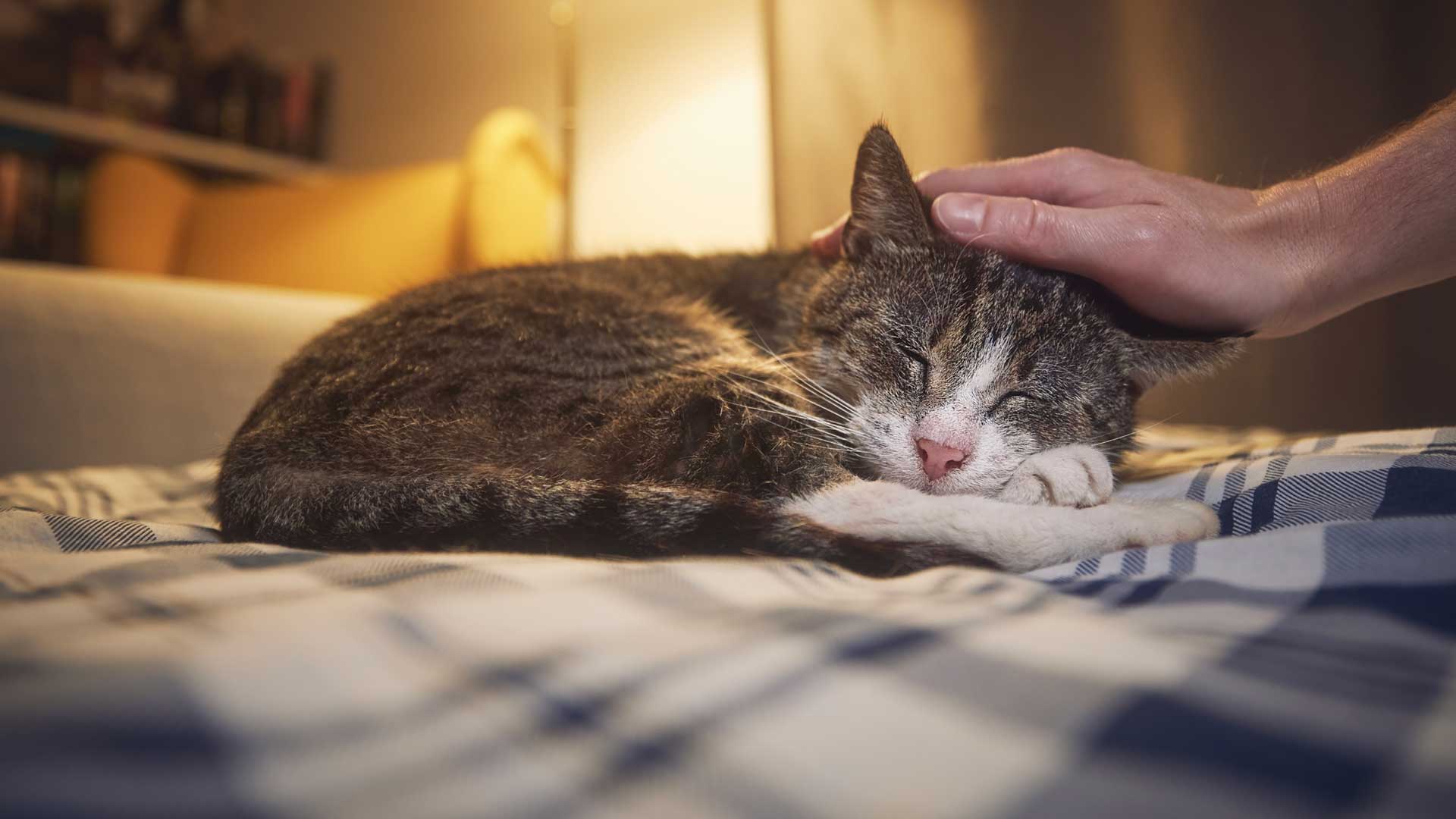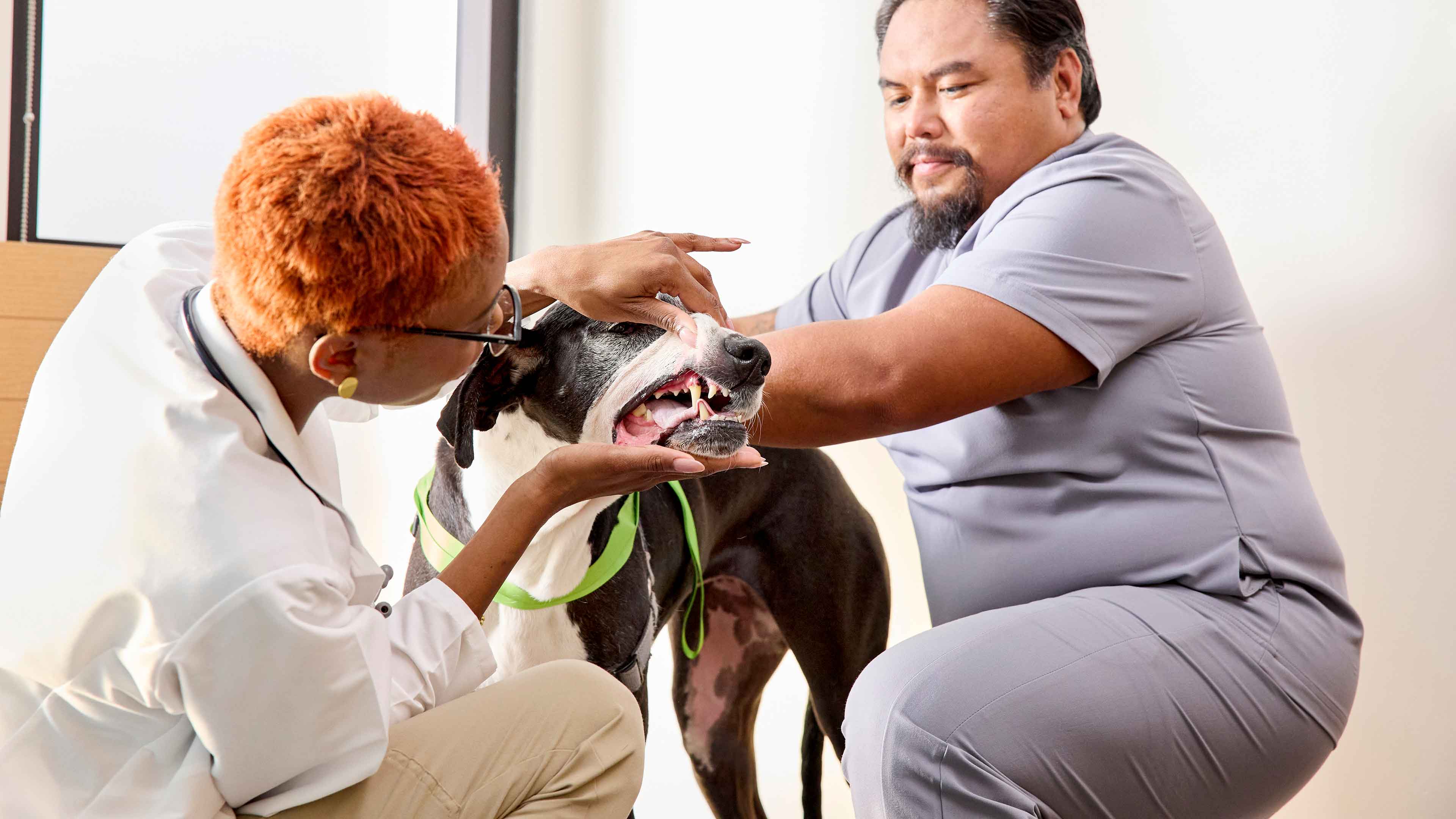keep your senior pet active, healthy, and happy
Do you have an older Golden, a wizened Weimaraner, or an Abyssinian of advanced age? Senior pets have mobility needs that are more specific and require different care than those of younger pets. Before you opt for a one-size-fits-all approach to activity for your senior, get to know the unique challenges our older pets face and how you can help keep them moving.
What’s going on?
Because it can be difficult to know what’s causing a pet’s slow-down, beware of placing the blame for your pet’s lack of movement on aging. Age alone may not explain why a dog or cat is suddenly less capable of climbing the front steps or has lost interest in playing with their favorite toys.
A lot of times, we might not even notice that a pet is experiencing mobility problems until they develop symptoms we can’t ignore, like a visible limp or sudden decrease in activity. Just as in their younger days, if a pet is experiencing a change in mobility, there are likely underlying issues at hand.
So remember: senior doesn’t necessarily mean slow. But if you notice a pronounced slow-down, talk with your Banfield veterinary team to get to the root of the problem.
Dogs often experience problems with their joints that can lead to stiffness and limping, among other issues. A common cause of this can be osteoarthritis, which is an inflammation of the joints. While often associated with older age, osteoarthritis can be found at any age in your pet’s life.
Thankfully, the earlier osteoarthritis is detected, the easier it is to manage as they age.
Obesity can be a big problem
Excess weight can put an unnecessary strain on your dog’s bones and joints, putting them at a higher risk for developing more debilitating conditions. The good news? Keeping your buddy active and providing a healthy diet can help manage your pet’s obesity.
If you notice any challenging mobility symptoms or have questions about how to improve your dog’s mobility, schedule an appointment with Banfield and we’ll help you find answers. Paying attention to your dog’s playtime habits and mobility challenges can help ensure more furry cuddles for years to come.
We offer a range of Optimum Wellness Plans® designed for different needs, ages, and lifestyles — including our Senior Care plan that combines preventive services like vaccinations and exams with in-depth diagnostic testing to detect early signs of illness.
 Mites and mange
Mites and mange Podcast - Not Just Fluff
Podcast - Not Just Fluff
